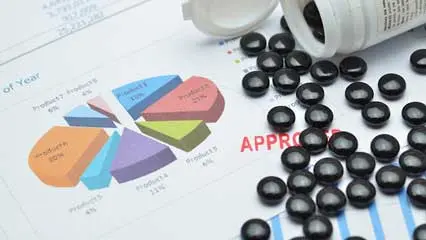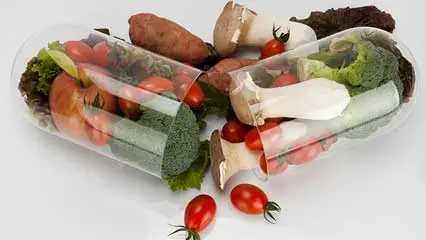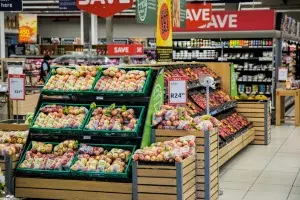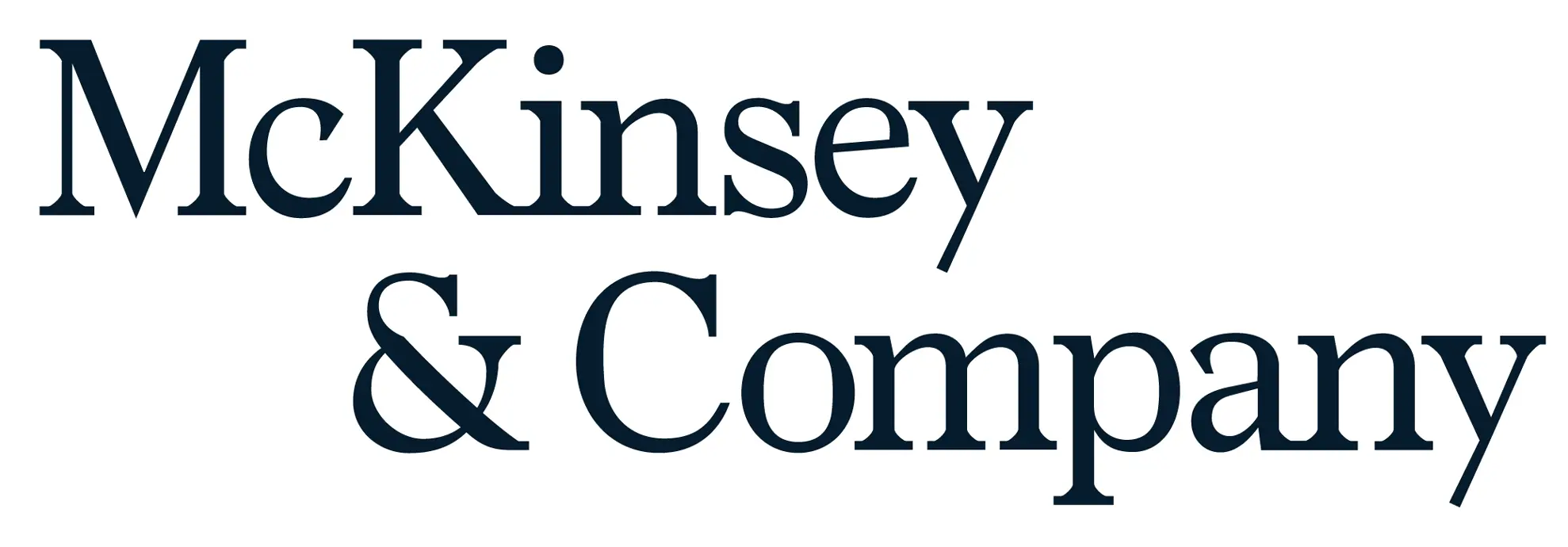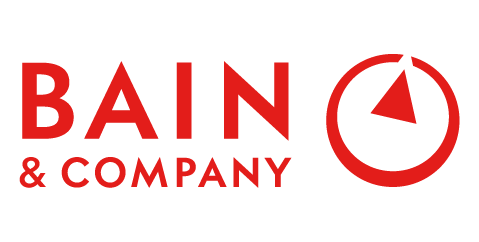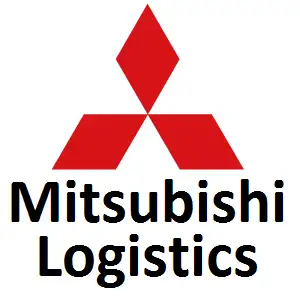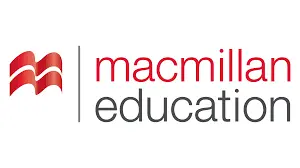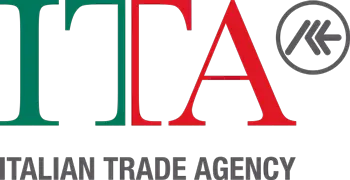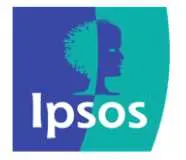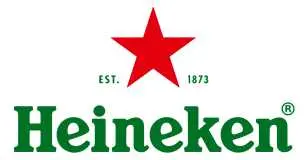
Food Fortifying Agents Market Share, Revenue, Trends, CAGR Status, Growth Drivers, Challenges and Future Investment Strategies Till 2034: SPER Market Research
Category :
Food & Beverages
Published: Jan-2025
Author: SPER Analysis Team
Food Fortifying Agents Market Share, Revenue, Trends, CAGR Status, Growth Drivers, Challenges and Future Investment Strategies Till 2034: SPER Market Research
Global Food Fortifying Agents Market is projected to be worth 249.22 million by 2034 and is anticipated to surge at a CAGR of 9.39%.
Food fortification is the process of increasing the nutritional content of food by adding micronutrients to it. Manufacturers and the government, as part of public health policy, are working to decrease nutritional inadequacies in the population. Food fortifying agents are substances used to increase nutritional value. There are three types of processes for food fortification: commercial fortification, bio-fortification, and home fortification. The global food fortifying agents market encompasses a wide range of items, including vitamins, minerals, and other additions used to improve the nutritional content of food. The increasing demand for food fortifying agents from the food and beverage industries around the world to add micronutrients to food and make it more nutritious will drive market expansion.
Market Drivers: The market is also being influenced by the growing popularity of personalized nutrition. More and more health-conscious consumers are searching for items that are customized to meet their individual dietary requirements and health objectives. This has resulted in the creation of fortified foods and supplements that meet specific dietary needs, like vegan, gluten-free, or allergy-free alternatives. Improvements in nutritional research and technology enable more accurate and efficient fortification procedures that correspond with the distinct health profiles of customers, thereby supporting personalized nutrition. In line with the larger trend toward fitness and health, there is an increasing demand for fortified functional beverages. Energy drinks, vitamin-infused waters, and fortified sports drinks are becoming more and more popular as consumers look for tasty and easy ways to increase their nutrient consumption.
Request For Free Sample Report @ https://www.sperresearch.com/report-store/food-fortifying-agents-market.aspx?sample=1
Challenges: These limitations include a lack of national laws on food augmentation and a low level of private-public collaboration. The hurdles in the growth of food fortification projects are small and medium-sized enterprises' inadequate scientific and economic ability, involvement with subject matter specialists, and a lack of food laws and regulations. Food fortifying agents need significant expenditure in product development and innovation, which raises the product's cost. Furthermore, a lack of high-quality laboratories prevents product control and monitoring to evaluate the quality of fortified foods, limiting market expansion. Regulatory difficulties and compliance with differing food safety requirements across countries also present substantial challenges for businesses. Additionally, there is a lack of consumer understanding regarding the benefits of fortified foods in some regions.
Market Trends: Foods that offer more than just basic nutrition are in high demand from consumers. Foods that have been fortified to provide particular health benefits, including boosting immunity or improving cognitive function, are becoming more and more popular. Technological developments enable tailored dietary advice according to each person's requirements and preferences. Developing customized dietary solutions may involve fortification. Clean label products with identifiable and natural components are what consumers are seeking. Plant-based natural strengthening agents are becoming more and more popular. In 2022, the vitamins and food fortifying agent market category generated around USD 39.1 billion in sales. The demand for foods fortified with vital vitamins is driven by consumers looking to close nutritional gaps and improve general health.
Global Food Fortifying Agents Market Key Players:
Advanced Organic Materials, S.A., ADM,BASF SE, Cargill Incorporated, DSM, DuPont, Eastman Chemical Company, International Flavors & Fragrances Inc. (IFF),Kalsec Inc., Kemin Industries, Inc., and Others.
For More Information about this Report @ https://www.sperresearch.com/report-store/food-fortifying-agents-market.aspx
Global Food Fortifying Agents Market Segmentation:
By Type: Based on the Type, Global Food Fortifying Agents Market is segmented as; Vitamins, Minerals, Proteins & Amino Acids, Carbohydrates, Prebiotics & Probiotics, Lipids and Others.
By Application: Based on the Application, Global Food Fortifying Agents Market is segmented as; Dairy & Dairy-based Products, Infant Formula, Cereals & Cereal-based Products, Beverages, Dietary supplements, Fats & oils and Others.
By Region: This research also includes data for North America, Asia-Pacific, Latin America, Middle East & Africa and Europe.
This study also encompasses various drivers and restraining factors of this market for the forecast period. Various growth opportunities are also discussed in the report.
Would you like to view the sample pages?
Get Sample PagesExplore Related Reports
Domains Served
Our Global Clients
Our data-driven insights have influenced the strategy of 200+ reputed companies across the globe.


